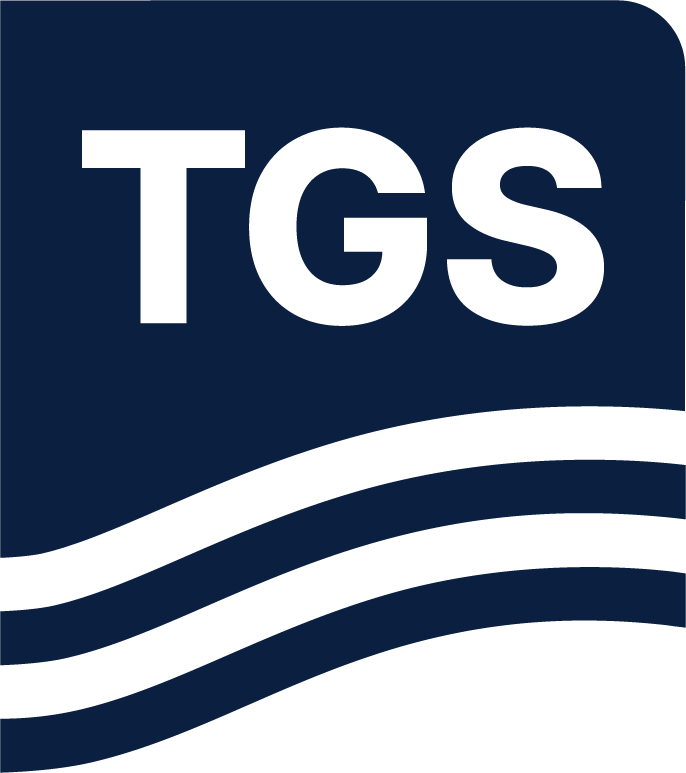This abstract describes a denoise algorithm using the linear Radon transform. Instead of separating the signal and noise after the transformation, the proposed method simultaneously builds a noise and a signal model with the transform. Explicitly including the noise model in the computation reduces artifacts, and the algorithm is more robust to erratic noise than the transform-separation method. Working in the intercept time slowness (Tau-P) domain improves the sparsity of the solution and reduces the impact of aliasing for under-sampled data. The extra cost of calculating the noise model is negligible because only copy and simple multiplication-addition are involved in each iteration. Both synthetic and field data examples prove the effectiveness of the filter.
Technical Library

